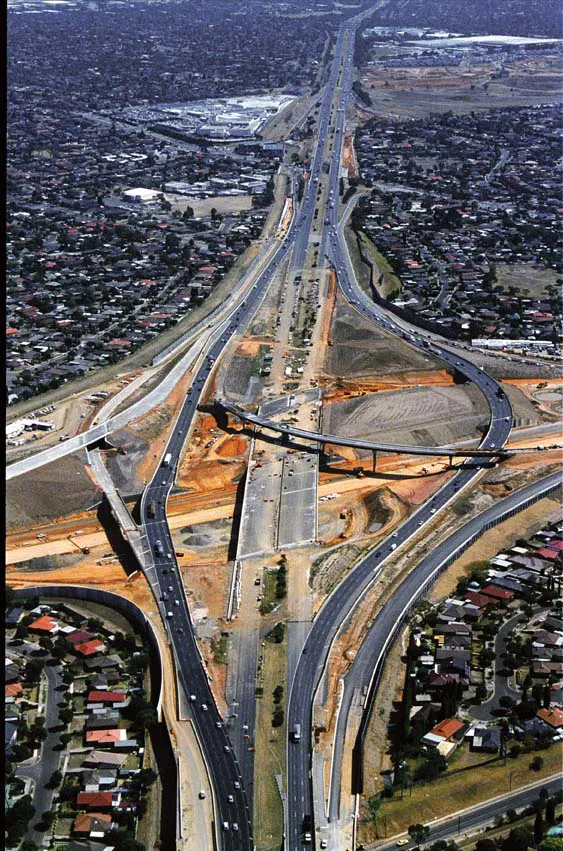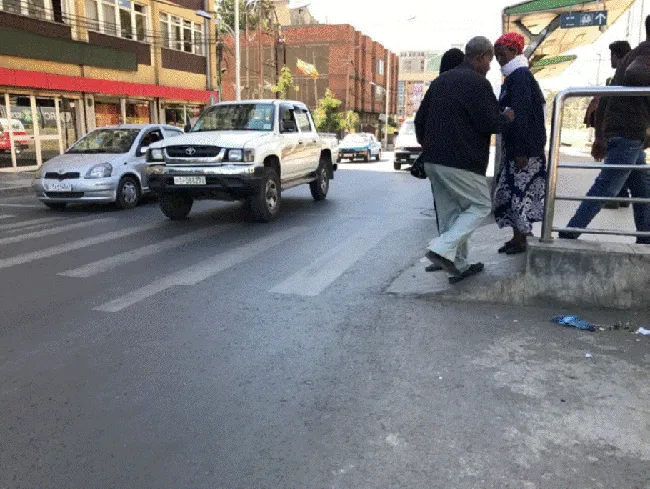
This past summer, the UK’s transport secretary Chris Grayling unveiled the Transport Investment Strategy. In it the central government guaranteed that all the tax money it collects from car owners/drivers in England – called Vehicle Excise Duty (VED) - would be ring-fenced for road investment.
That amount could be nearly €6.8 billion a year, as it has been in the past several years. On the surface, the policy hailed a new era for the hard-pressed road network. The excitement by local authorities was evident because part of that funding would be allocated to them to ease local problems.
However, scrutiny of the Transport Investment Strategy reveals no promise to local authorities that they will get a specific allocation of cash.
What the document does do, however, is report that the government will consult later this year on proposals for a Major Roads Network (MRN) for England. This MRN designation for England’s ‘A’-class road, those major arteries excluding motorways, was recommended in another report, in October 2016, called A Major Road Network for England. It was published by the Rees Jeffreys Road Fund, a roads research and grant-awarding body.
The government has been careful to distinguish between the 6,760km of Strategic Road Network (SRN) under the responsibility of
By accepting the Rees Jeffreys case that the strategically important and busiest A roads lying outside the Strategic Road Network deserve recognition, the government has made a welcome step forward in effectively doubling the length of England’s strategic roads.
By 2020/21, when it is proposed that VED will be directly invested into the road network, car owners and drivers might become more interested in what they are getting for their payment to the government. They will effectively be directly paying for a road service which brings a range of interesting questions into focus.
For example, where is the money being spent and on what? Is enough money being spent on one area but at the expense of sufficient being spent elsewhere? What services are being affected?
Could this be a twist on road-user charging? Expectations of better levels of service, lane availability and reduced roadworks will certainly materialise. Where will the line be drawn between ‘I am paying for x so I expect y’ and ‘if you want to use x you pay y’?
Before getting to this point, however, the Major Roads Network will need to be well defined and it is here that the initial excitement by local authorities gets dampened.
The 6,115km of A roads as defined by the Major Road Network will remain under the control of the 150 local authorities responsible for the proposed MRN. However, there are other bodies that may have a say in how these routes are managed. England has 39 voluntary Local Enterprise Partnerships. There is also the prospect of a number of small but very significant statutory sub-National Transport Bodies (STBs) waiting in the wings – Transport for the North will be the first. And the central government has devolution deals with some larger cities and their Key Route Networks for roads to fall under their jurisdiction.
The upcoming consultation process for the MRN will include agreement on what A roads get included within the MRN. It will be a mighty task to balance the needs of the road user, the local economy, the national economy and general competitiveness of UK businesses where those roads impinge on the SRN, the environment and a growing housing need.
Many of the organisations charged with influencing and making decisions affecting the investment in the road network currently work together. But their agendas and objectives are unlikely to be aligned perfectly. Before we get to handing out VED money to local roads groups, there will need to be a great deal of agreement among them about priorities.
However, assuming for one moment that the €1.1 billion investment in local bypasses reported in the media comes to pass, there will be another debate. Land developers have long been required to help provide infrastructure through Section 106 agreements of the Town and Country Planning Act 1990. There appears to be an increasing trend for developers to contribute significant sums of money to provide new bypasses that facilitate or ‘trigger’ the release of land upon which developers will have permission to build houses.
In these cases, there have been some high-profile instances of affordable housing allocations being reduced, despite the allocations being a condition for planning approval. If bypass funding becomes more readily available, we must hope that the level of affordable housing does not have to become a bargaining point between local authorities and developers.
The proposal to create a Major Roads Network, with secure and focused funding, has the potential to address both the road and housing agendas, as well as being a route for directing VED money to where it is needed most. However, the level of agreement required and the competition for VED funding may well take the shine off what initially has been seen as a real step forward.
Funding for a Major Road Network
“From 2020/21 the government has guaranteed that all revenue raised from Vehicle Excise Duty – VED - in England will be allocated to a new National Roads Fund and invested directly back into the road network, providing stable funding that will allow us to maintain levels of investment.”
“Later this year we will consult on proposals for creating a Major Road Network: a designated network reaching all parts of the country. The MRN would form a middle tier of our busiest and most economically important local authority A roads, sitting between the national Strategic Road Network and the rest of the local road network. As part of this consultation we will make proposals to allocate a proportion of the National Roads Fund to the MRN.”
(Taken from Transport Investment Strategy: Moving Britain Ahead, published July 2017)









